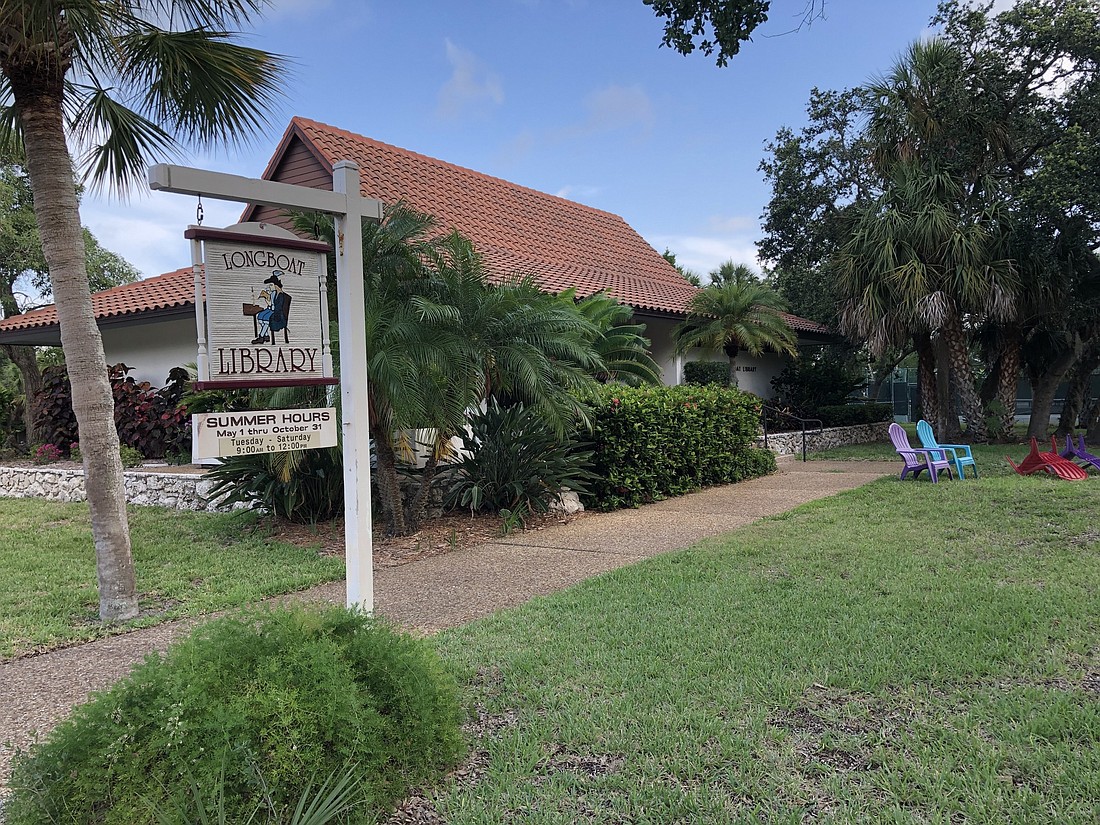- December 26, 2024
-
-
Loading

Loading

We couldn’t help but note the coincidence last week. While many of Longboat Key’s town commissioners, town officials and interested citizens enthusiastically walked the site of what was to be the Arts, Culture and Education Center near Publix and the Chase Bank building, the Sarasota City Commission voted to adopt a parks master plan that could cost city taxpayers $50 million over a decade.
Mind you, that’s on top of the $250 million needed to complete The Bay park, and it doesn’t include the $20 million the city would need to renovate the Bobby Jones Golf Club or the $5 million or so needed to renovate the Lido Beach Pavilion.
Think about that: $75 million to bring the city’s parks up to desirable standards, and $250 million to build one. Nor does that include the $300 million being discussed to develop a new performing arts hall.
Astonishing numbers.
Indeed, they make the $283,000 the town spent on parks and recreation last year seem like the pennies that pile up in your car’s change holder. Those numbers might even make you think that $11 million to develop an Arts, Culture and Education Center next to the Publix isn’t so bad at all.
Au contraire.
The point that should not be lost here is what it takes to be an owner and operator of parks and public recreation facilities. Keep in mind, too, what we’ve cited above are just the capital costs to keep those properties in shape. Those figures don’t include the ongoing personnel costs required to maintain and operate the parks.
In fact, the state of Sarasota’s parks are vivid reminders of why we’re always wary of the eagerness of elected officials to purchase property with other people’s money (i.e., your money). And you can include in that wary skepticism the wisdom of the town of Longboat Key purchasing, owning and developing those four acres where they envisioned the Arts, Culture and Education Center.
It’s a great vision and well-intentioned.
But we see it happen all the time. Elected officials often become monument builders, driven to create physical proof that they actually did something to make their city or county a better place to live.
And so the spending grows. In the past 30 years, the town’s park land has grown to include Quick Point Park, Joan M. Durante Park, a twice-expanded Bayfront Park — the parcel between the park and Pattigeorge’s on the north and the former Harry Nikias property sold to Sarasota County — the Longboat Key Public Tennis Center and now the two parcels next to the tennis center.
You can see the justification for Quick Point Park. Joan M. Durante Park came to be because of a $5 million bequest from the late Jim Durante, a long-time resident who loved the Key. The tennis center came about because of the enthusiasm and private funds by many of the Key’s avid tennis players. Bayfront Park, likewise was the result of a groundswell of citizens more than 30 years ago.
But now consider what we’ll call the Amore park property. Can someone please make a compelling case why the town and taxpayers need to own those four acres?
Make the compelling case, when at the same time, the Bayfront Park Recreation Center is obsolete and a waste, and the Longboat Key Library property sits underutilized. Sorry, Ladies of the Library; although the library might have plenty of patrons, that property could be put to greater public use.
Don’t take this the wrong way: We’re not against an Arts, Culture and Education Center. But where is the public groundswell? Where are the groups of arts and education center enthusiasts lobbying for it?
The reality is such a place on that Amore property will not come from philanthropic contributions. If Longboaters want such a center, they will have to be willing to fund it with a tax.
Who knows. That could happen.
But if we held the keys to the kingdom, we’d sell the Amore property to private interests, redevelop the library property to accommodate the library, plus space for art exhibits and speakers and a room for public forums. And then we’d tear down the recreation center and give the pickleballers that site — as long as they raised their own funds to build more courts.
The less land the town owns, the better.